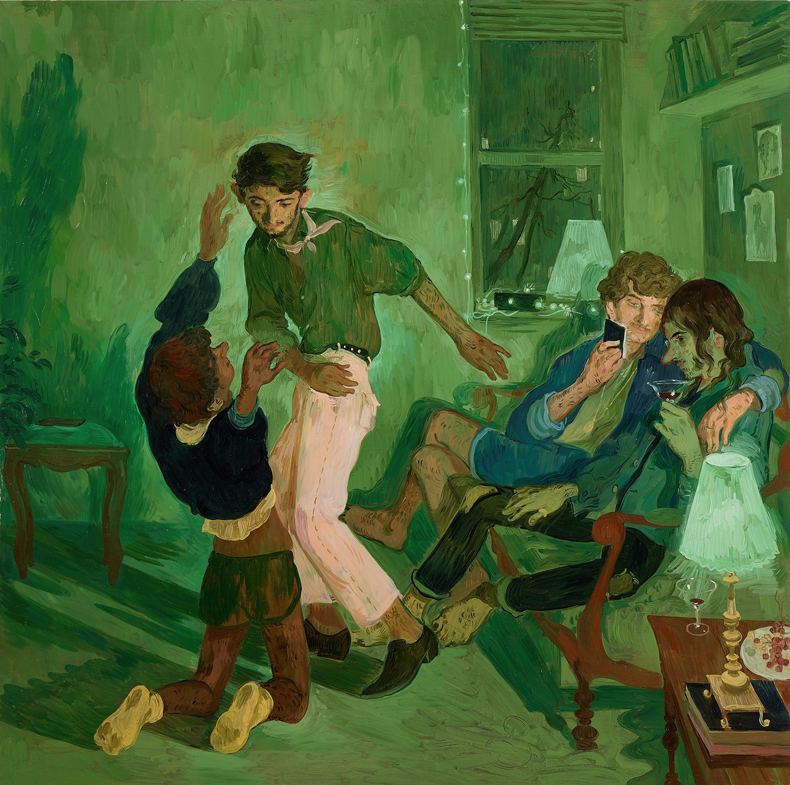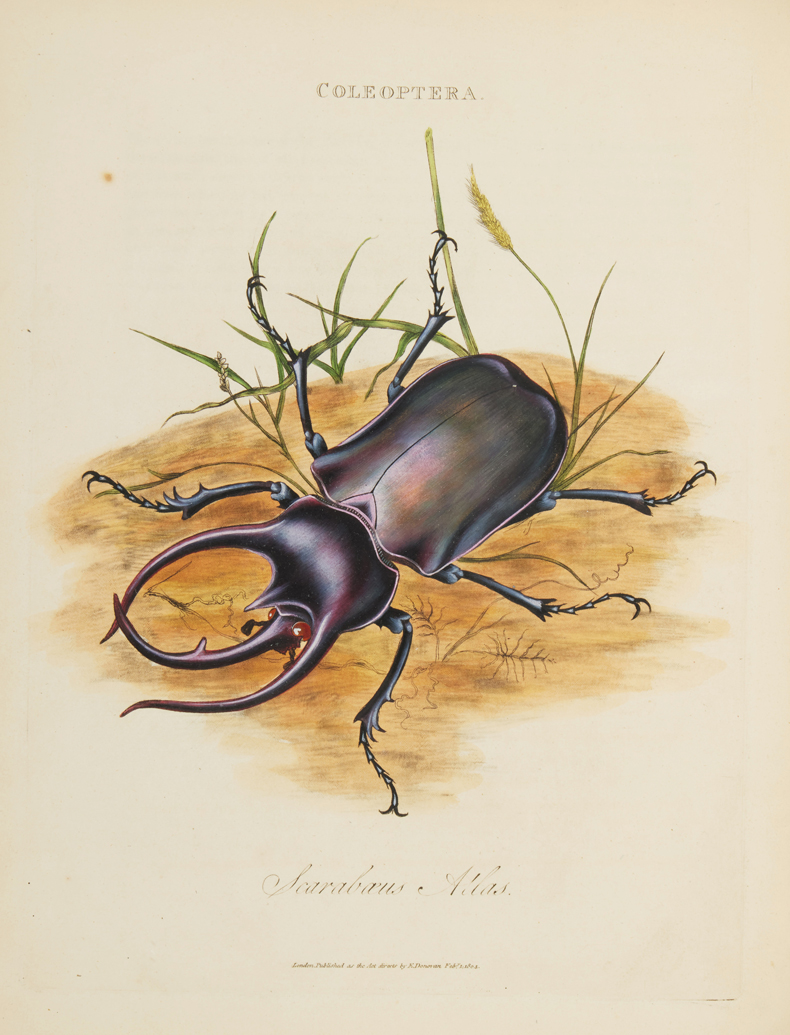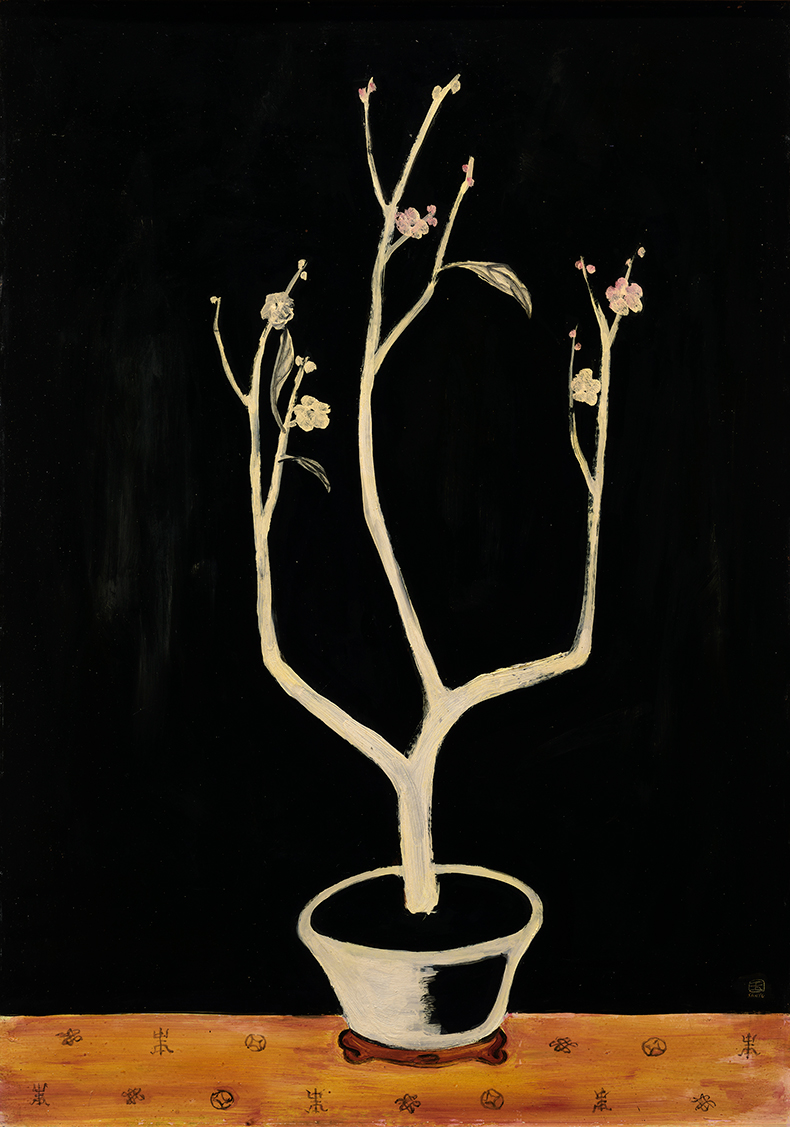After a whirlwind season of sales, New York can pause for breath. Hot on the heels of Christie’s record-breaking, headline-grabbing haul of $1.5bn for Paul Allen’s collection, Sotheby’s took in $116.3m ($137.9m with fees) for the collection of the late art lawyer and president of the Whitney, David Solinger, on Monday evening; the same night’s modern art evening sale brought in $220m, a little way short of its low estimate, though it did set a new record for a work by Mondrian, whose Composition No. II (1930) sold to a solitary bidder for $48m. Two nights later came ‘The Now’, the third edition of Sotheby’s rebranded contemporary sales; all 22 lots sold, bringing in a combined mid-estimate total of $37.5m.
Four Friends (2019), Salman Toor. Sotheby’s New York ($1.3m)

The top lot was Yoshitomo Nara’s Light Haze Days / Study (2020) – one of his cutesy kawaii girls, which went for $10.1m. But the highlight was surely Salman Toor’s Four Friends (2019) – a work of compelling narrative power, depicting an intimate soirée in a bourgeois interior that veers between coolly contemporary detachment and rococo melodrama (with perhaps a hint of a debt to Paula Rego). Eight bidders pushed it to $1.3m – more than four times its low estimate. Christie’s countered last night with its 20th and 21st century evening sales; $307.9m was taken in the first, with works by Modigliani and Rothko each selling for $17.6m, while the $114m contemporary sale brought records for Njideka Akunyili Crosby, Noah Davis and Jaune Quick-To-See Smith. (The total was massaged considerably by the inclusion of the decidedly non-21st-century Jean-Michel Basquiat, whose Sugar Ray Robinson of 1982 made $32.7m.)
Though the marquee sales may have passed, the juggernaut never truly comes to a halt. A small, but rather delightful collection is up for sale at Sotheby’s New York on 22 November; this is the John Golden Library of illustrated scientific books. Taking a long view of the Enlightenment, the works on offer here span the 17th–19th centuries and include works by John James Audubon and Maria Sibylla Merian – the latter is enjoying renewed vogue in the art world on the back of her inclusion in this year’s Venice Biennale, though she has long been admired in the scientific community for her contributions to the field of entomology. A particular delight is fellow creepy-crawly-hunter Edward Donovan’s study of Indian insects, published in London in 1800 and featuring a magnificent picture of an Atlas beetle (est. $3,000–$5,000).
Depiction of an Atlas beetle (Scarabaeus atlas) from Edward Donovan’s An Epitome of the Natural History of the Insects of India, and the Islands in the Indian Seas (1800). Sotheby’s New York (est. $3,000–$5,000 for the book)

The latter part of this month sees eyes turn to Hong Kong. Phillips kicks off the first of a series of partnerships with the Chinese auction house Yongle; the two are combining forces (and pooling contacts) for an evening sale of modern and contemporary works on 1 December; among the 35 lots are works by Christina Quarles, Michaela Yearwood-Dan, Zao Wou-Ki and Yayoi Kusama. On 29 November, Christie’s offers ‘Rich Golden Hues and Graceful Forms – Classical Chinese Furniture from the Tseng Collection’, which brings together 28 works of the late Ming and early Qing dynasties, amassed by Piper Tseng over the course of nearly three decades. Each is made of huanghuali – yellowed wood of the ‘flowering pear’ tree – and they range from incense stands with graceful, curving legs to a sturdy trestle-leg table with incised geometric decorations. The latter is the top lot, expected to bring in around $1m–$1.5m. It will take some doing for anything here to top the result of the huanghuali chair from the Joseph Hotung collection, which sold for $15.8m at Sotheby’s last month to set a new record for any Chinese chair. But then, that piece went for more than 10 times its low estimate. (On the horizon at Sotheby’s London is part two of the Hotung sale, slated for 8 December.)
Potted Prunus (1940s), Sanyu. Christie’s Hong Kong (est. $11m–$13m)

On 30 November, the undoubted highlight of the Christie’s 20th and 21st century evening sale is a work by Sanyu (1895–1966). Sometimes called ‘the Chinese Matisse’, Sanyu was born in Nanchong, and moved to Paris in 1921 – he and his fellow expats formed a culinary club to sample the gastronomic delights of their adopted country, and it seems in these early years that more eating was achieved than painting. But Sanyu soon made up for lost time; he was an inveterate experimenter, working across mediums that include calligraphic ink-and-brush, linocut, etching and drypoint, although it was 1929 before he first attempted to use oils. His Potted Prunus is a rare surviving work from the 1940s, when the impoverished artist gave up on painting for a spell. It is a refined, restrained painting – the planar form of the titular tree (a symbol of perseverance) slicing across the deep black of the background – and a testament to Sanyu’s gift for reconciling East Asian aesthetics with the example of the School of Paris. Between $11m–$13m is expected.



